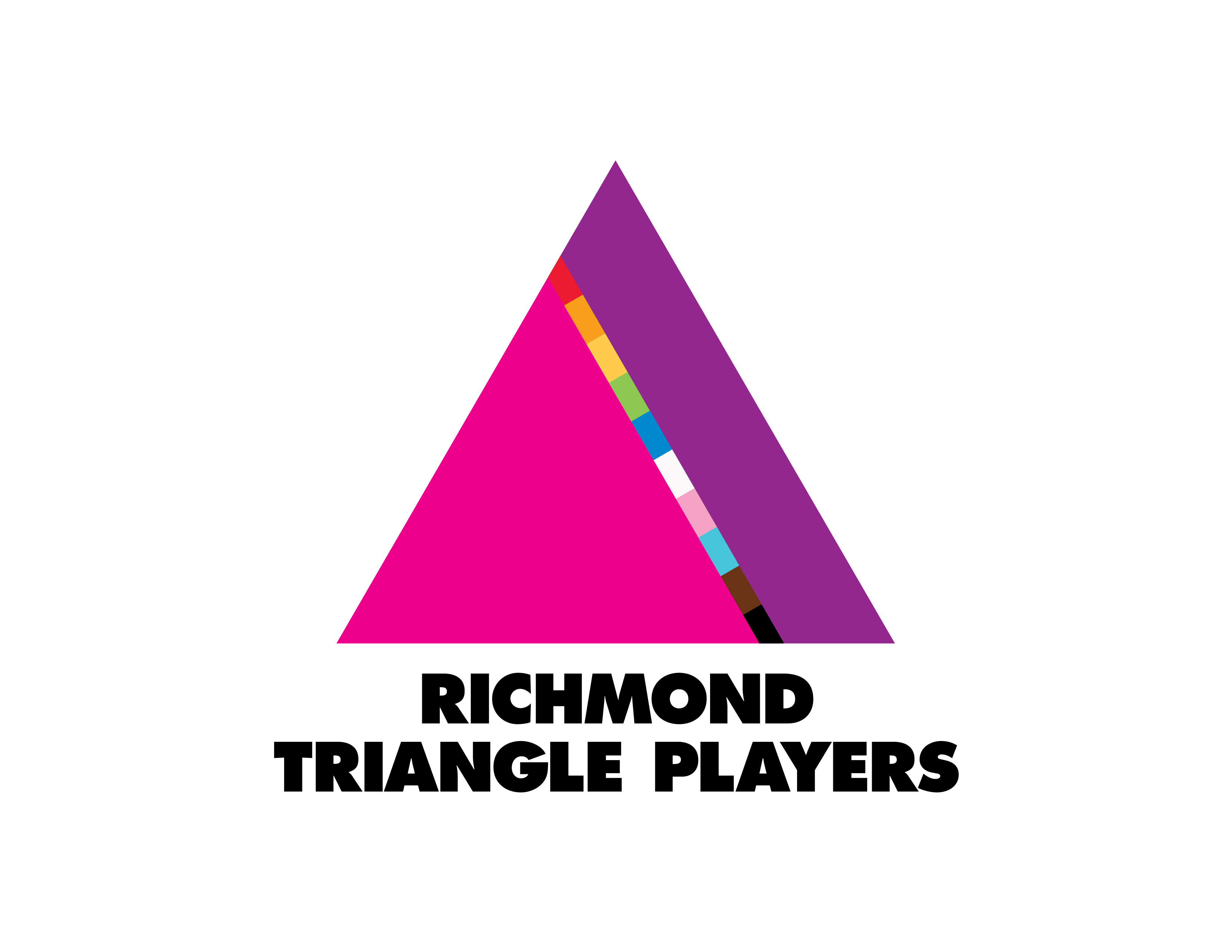RTP honors eight decades of LGBTQ history with the use of the word “Triangle” and in its logo.
 The pink triangle is a popular and widely recognized symbol for the LGBTQ community. The history of the triangle is rooted in the World War II era, and reminds individuals of the tragedies that occurred during that time. Although the Nazi regime targeted many groups for extermination, history often does not mention that homosexuals were among those groups. The pink triangle is a reminder that homosexuality was persecuted.
The pink triangle is a popular and widely recognized symbol for the LGBTQ community. The history of the triangle is rooted in the World War II era, and reminds individuals of the tragedies that occurred during that time. Although the Nazi regime targeted many groups for extermination, history often does not mention that homosexuals were among those groups. The pink triangle is a reminder that homosexuality was persecuted.
The history of the pink triangle begins before WWII, during Adolf Hitler’s rise to power. Paragraph 175, a clause in German law prohibiting homosexual relations, was revised by Hitler in 1935. The revision included kissing, embracing, and gay fantasies as well as sexual acts. Convicted offenders were sent to prison and then later to concentration camps. An estimated 25,000 people were convicted from 1937 to 1939. Homosexual men were viewed as a threat to the state because they would reduce the capacity to wage war and purify the German race. Initially the sentence for this crime was sterilization, usually by castration, but in 1942, the punishment was extended to include death.
Each prisoner in the Nazi concentration camps was labeled with a color-coded geometric figure that identified the reason for incarceration. The designations also served to form a sort of social hierarchy among the prisoners. Criminals were marked with green triangles; political prisoners with red, “asocials” (including Roma, nonconformists, vagrants, and other groups) were marked with black or–in the case of Roma in some camps–brown triangles.
Homosexuals were marked with pink triangles and Jehovah’s Witnesses with purple ones. Non-German prisoners were also marked with the first letter of the German name for their home country, which was sewn onto their badge. The two triangles forming the Jewish star badge would both be yellow unless the Jewish prisoner was included in one of the other prisoner categories. A Jewish homosexual prisoner, for example, would be identified with a yellow triangle beneath a pink triangle.
In the 1970’s, gay liberation groups reclaimed the pink triangle as a popular symbol for the gay rights movement. Not only is the symbol easily recognized, but it also draws attention to oppression and persecution. In the 1980’s, ACT-UP (AIDS Coalition To Unleash Power) began using the pink triangle for their cause. The triangle was inverted so it pointed up, to signify an active fight back rather than a passive resignation to fate. Today, for many, the pink triangle represents pride, solidarity, and a promise to never allow another Holocaust to happen again.
Please help us sustain the work that we do by contributing to Richmond Triangle Players’ Annual Fund.
Your generosity will enable theatergoers to enjoy shows at RTP well into the future and will help create a more diverse and inclusive community. Richmond Triangle Players, Inc. is a 501(c)(3) non-profit corporation. Your contribution will help support our mission and is tax deductible as allowed by law.
Volunteer
Do you enjoy meeting new people and trying new things? Do you enjoy giving back to the community? Then Richmond Triangle Players is the place for you!
